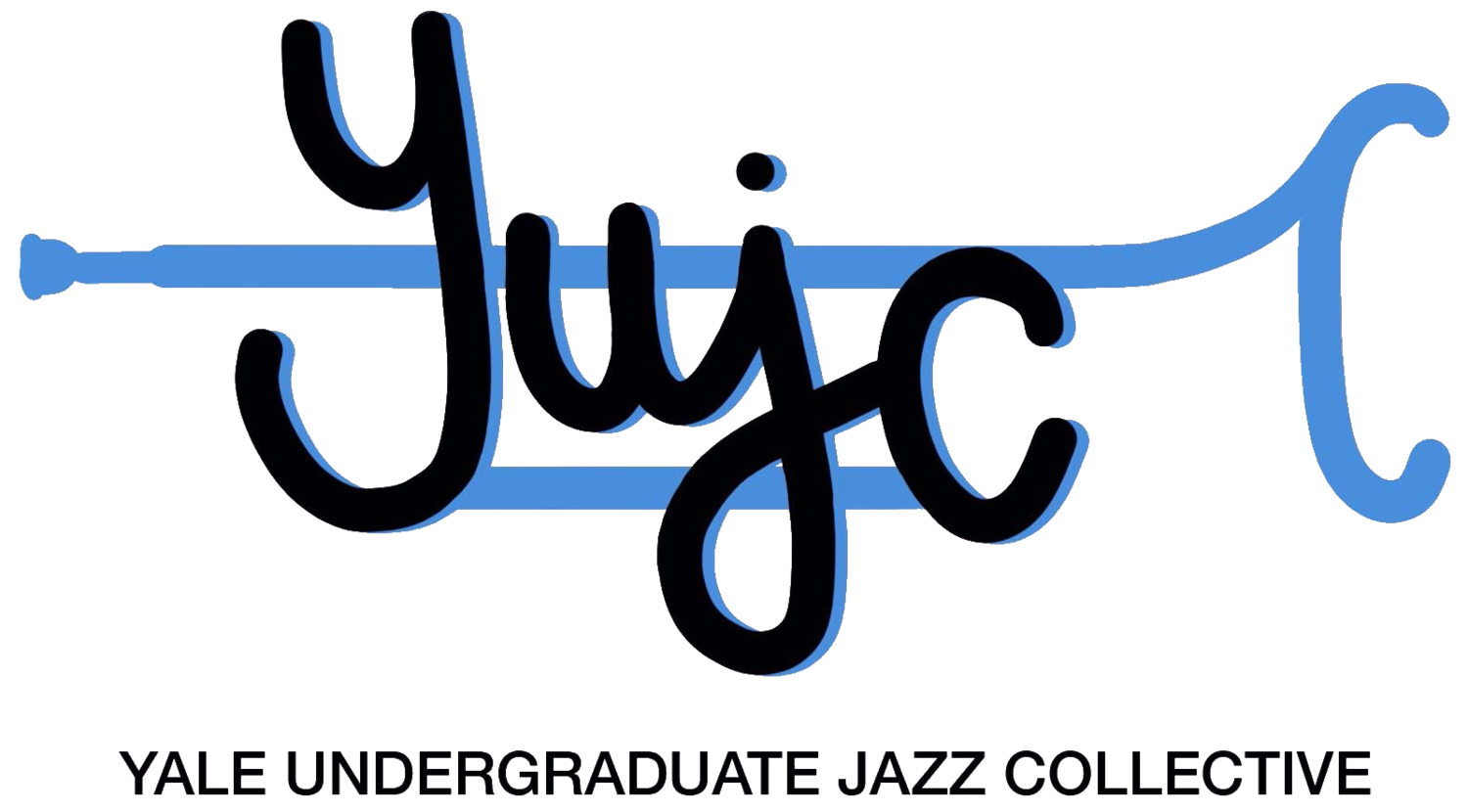Review: In Ghost Song, Cecile McLorin Salvant redefines the role of the archivist
Cecile McLorin Salvant’s music is a beautiful enigma. Known for her ability to revive rare jazz songs and show tunes from the archives, her work conjures the phantoms of jazz’s historical giants and unsung world music traditions. Cecile’s interpretations of the past, however, refuse to rely on the crutch of nostalgia. Ghost Song is her most innovative project yet, as she weaves together otherworldly, lilting Irish folk vocals and humming synths (“Wuthering Heights”), musical theater melodies (“Obligation”), and even the Brooklyn Children’s Choir (“Thunderclouds”) in a haunting meditation on longing, loss, and excruciating distance in love.
Ghost Song opens with Salvant’s voice floating through a cold and empty-sonic-ether acapella, in the traditional style of an Irish seans-nos – except that it’s a rendition of Kate Bush’s Wuthering Heights. When the low, thumping bass comes in at the chorus the familiar melody finally breaks forth, and soon we are swept up in a warm, cresting of synths that hints at bagpipes. The song choice is fitting – like Bush, Cecile has an unflinching love for the experimental, the uncanny, and the theatrical. Her music excavates the dark absurdity of both factual history (in songs like “You Bring Out the Savage in Me,” an appallingly racist tune written for blues singer Valaida Snow in 1935) and love-lorn fascination (“Mad About the Boy”), forcing the audience to contend with parts of human nature that defy the comfortable confines of rationality.
Songs like “I Lost My Mind” – inspired by a Baroque fad where composers tried to manifest madness and psychosis for popular audiences – were also partly Salvant’s response to covid isolation. Quarantine allowed her to interrogate how the jazz acoustic form was stifling her eclectic, curatorial artistry. With four albums, three Grammys, and a MacArthur Fellowship in the course of seven years, Salvant has already transformed jazz; but in Ghost Song, she is finally “embracing [her] weirdness!”.
It’s hard for me to articulate exactly what Cecile’s work does to me. She is one of the phantom-artists in my life – sometimes I feel that our brains are on a secret shared wavelength; like her melodies have been on the tip of my tongue, and she has found the words first. She composes in a way that is both natural and surprising, so that every musical decision she makes is at once revelation and déjà vu. Salvant’s examination of the dusty and forgotten using sophisticated deployments of comedy, hyperbole, and theatre, awakened untapped parts of myself and gave me the tools to explore new kinds of emotionality. But the past is not untouchable for her - she sometimes even changes the lyrics of standards to suit her goals. Old art is still respected, but becomes a multidimensional space, both a window into Salvant’s psyche and a lens surveying the historical foundation on which jazz rests.
But in Ghost Song, Salvant has strayed increasingly far away from the scaffolding of the jazz trio, a process accelerated by her creative partnership with virtuosic pianist Sullivan Fortner (co-producer the album along with Salvant). She has proven herself as singer with the tone and shapely clarity of Sarah Vaughan, but prefers to texture her vocals with shrill wails, longing sighs, and unsettling flirtations with atonality that imbue seemingly simple songs with new shades of meaning.
The album’s title track, also titled "Ghost Song", is the closest song to a blues. Salvant opens with a guttural cry, a dirge dripping with desperation: “I tried to keep our love going strong / but no matter how hard I try, something went wrong”. What presents one of Salvant’s familiar, heart-wrenching ballads takes a sudden turn as spangles of cowbells and congos mesh with the twang of blues guitar. By the time the gentle patter of xylophones and choral voices arrive, the song has transformed into a repetitive chant reminiscent of a toddler’s music box: “I’ll dance with the ghost of our love / I will dance with the ghost of our long lost love”. Like many tracks on the album, it’s a distinctly Salvant composition in its contradiction - beautifully uncanny, sweet, dark, and deeply mournful all at once.
Songs reflect each other in a maze of introspective mirrors. Salvant wanted the compilation to have a “strange symmetry”; in the opening Wuthering Heights, she is Kathy’s ghost calling her lover, and in the closing Unquiet Grave (also in the Irish seans-lo style) she torments the spirit of the loved one passed. Melodies shadow each other in the ambling, ambivalent Thunderclouds and Ghost Song; Dead Poplar, a musical version of a letter Alfred Stieglitz wrote for his lover Georgia O’Keeffe, is brought to life with discordant chord changes and classical guitars.
Ghost Song is an artistic watershed for Salvant in more ways than one. In recent years, Salvant has come into her own as a visual artist. In addition to the album, the Ghost Song project also encompasses an exhibition of Salvant’s surrealist embroidery – full of Matisse-like, dancing human figures, colourful geometric shapes, and lines of lyrics – now on display at the Picture Room in Brooklyn. The album also marks Salvant’s break with Mack Avenue, known for championing jazz’s up-and-coming vocal talent like Cyrille Aimee and Veronica Swift. At Nonesuch Records, she is aligning herself with generations of genre-defying pioneers such as David Byrne, Wilco, Lianne Las Havas, Brian Blade, and Emmylou Harris.
Salvant’s Ghost Song expands the definition of the jazz singer, the archivist, and her contribution as an artist. This album is a masterwork whose melodies haunt like the bittersweet mementos of love long-gone, at once distant and eerily familiar.

